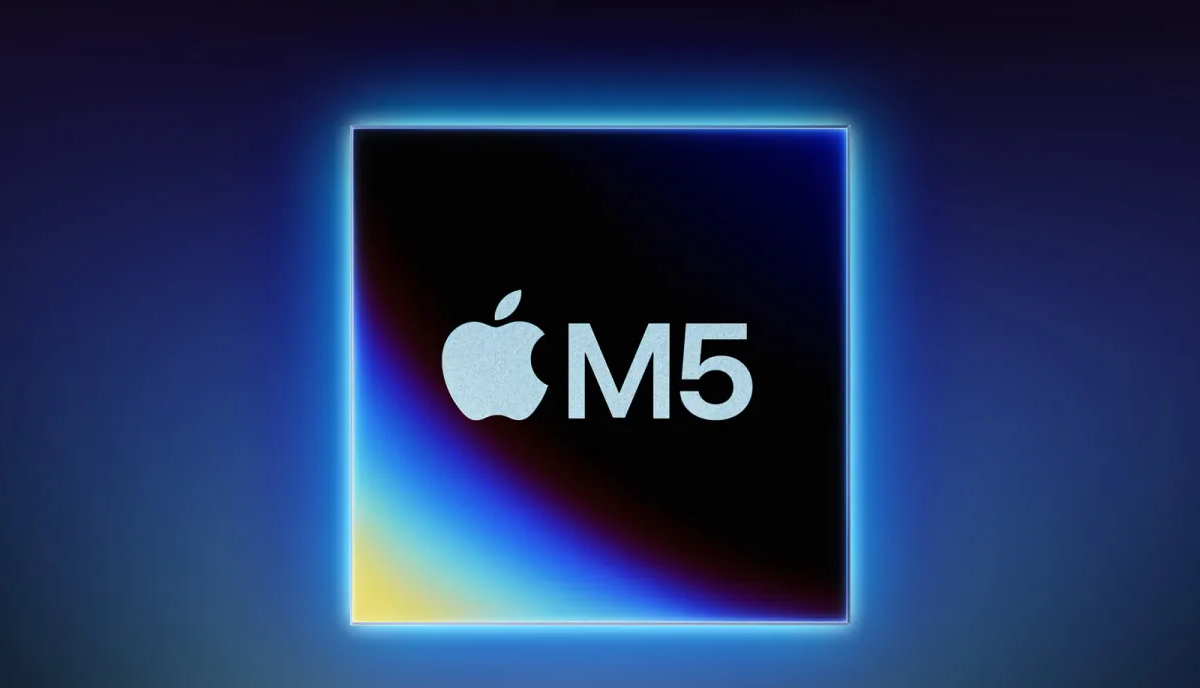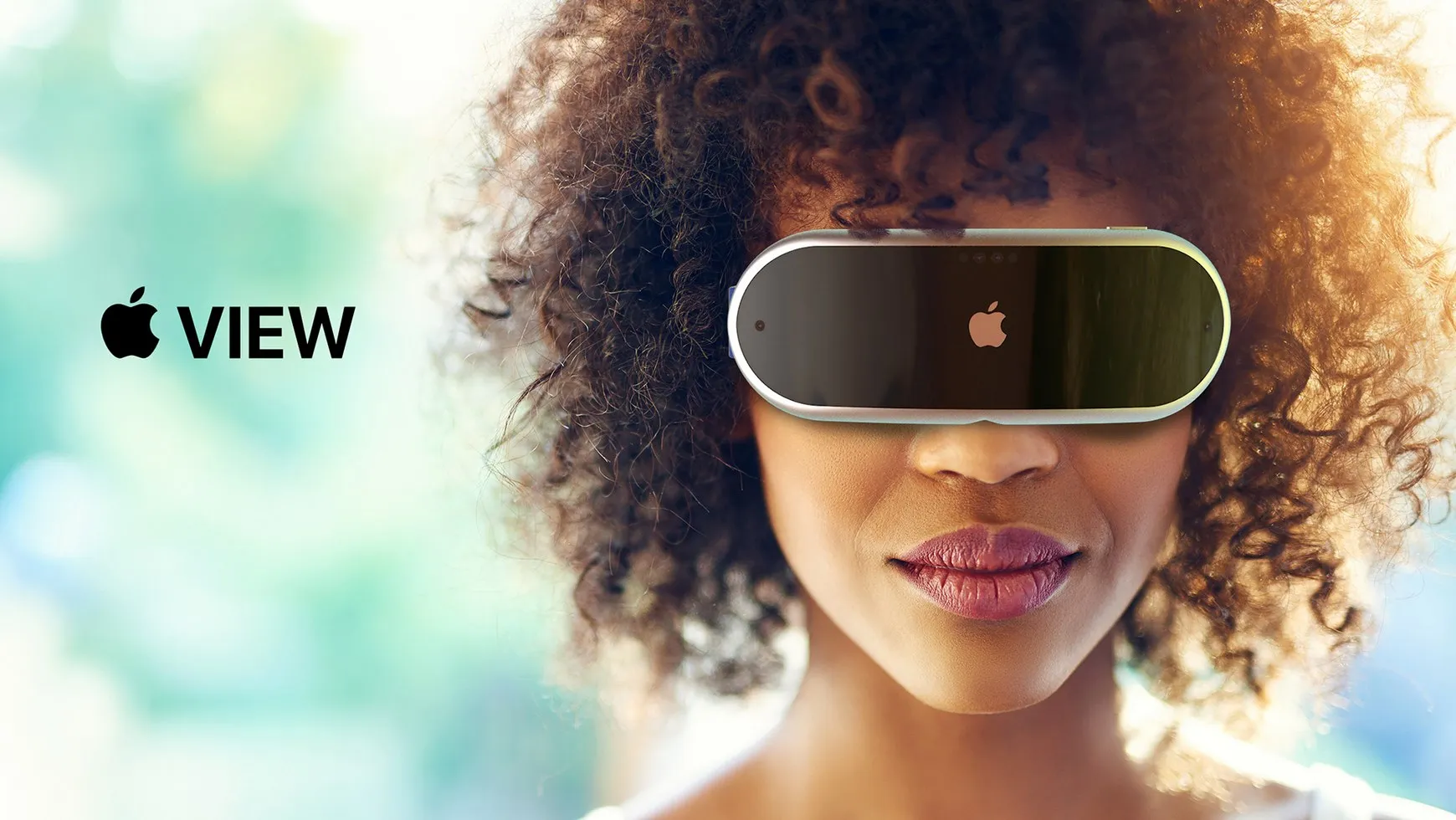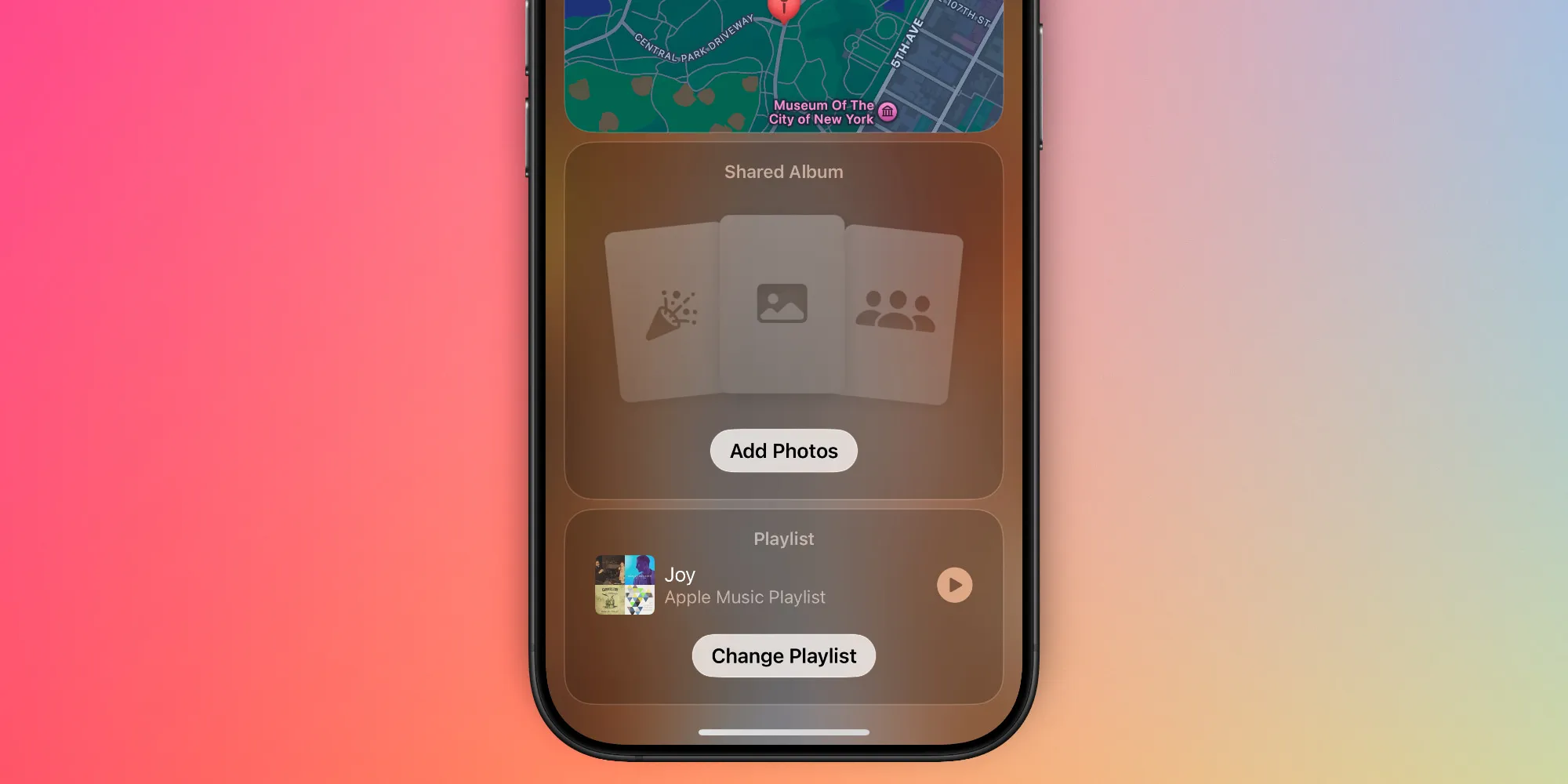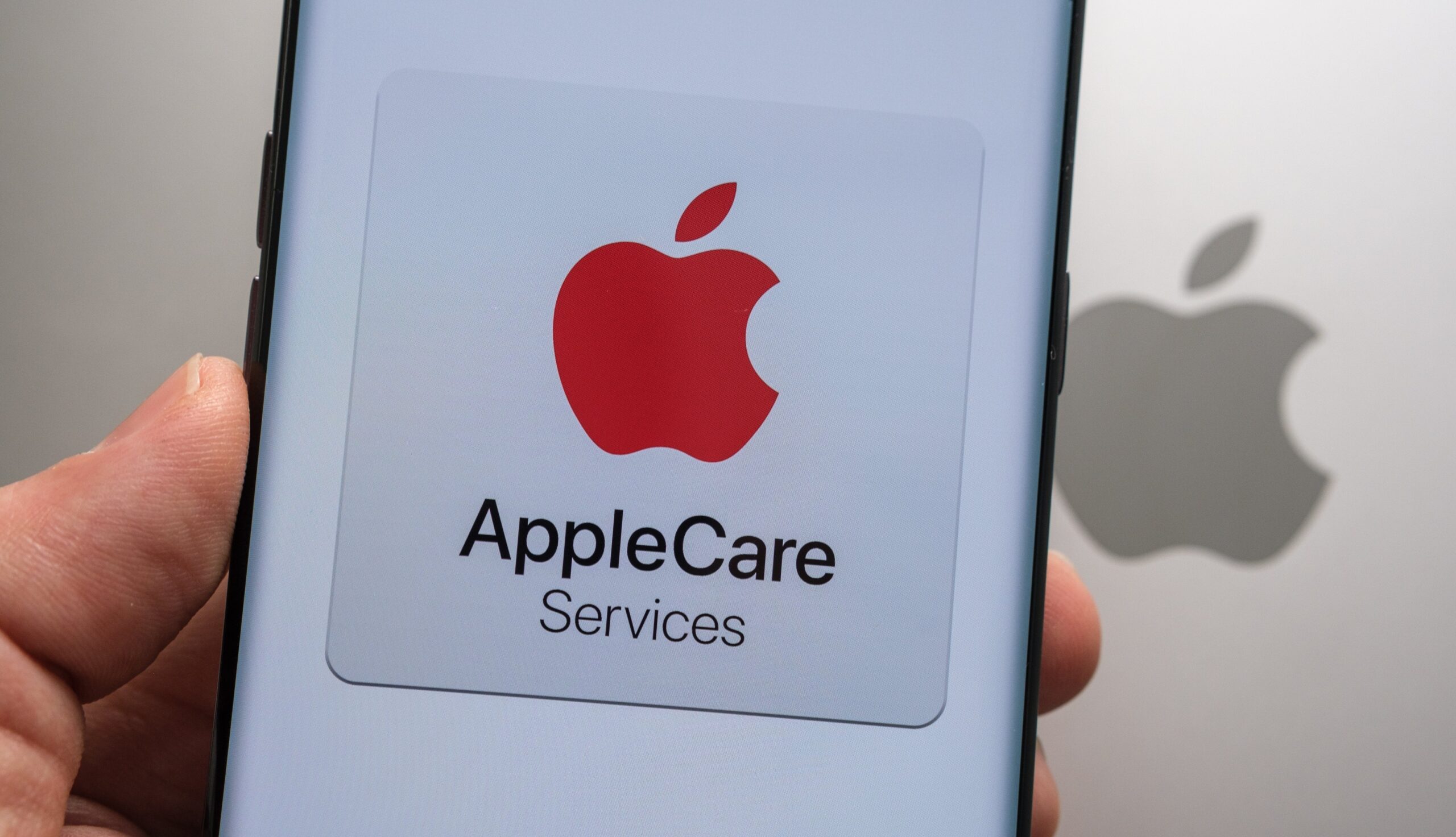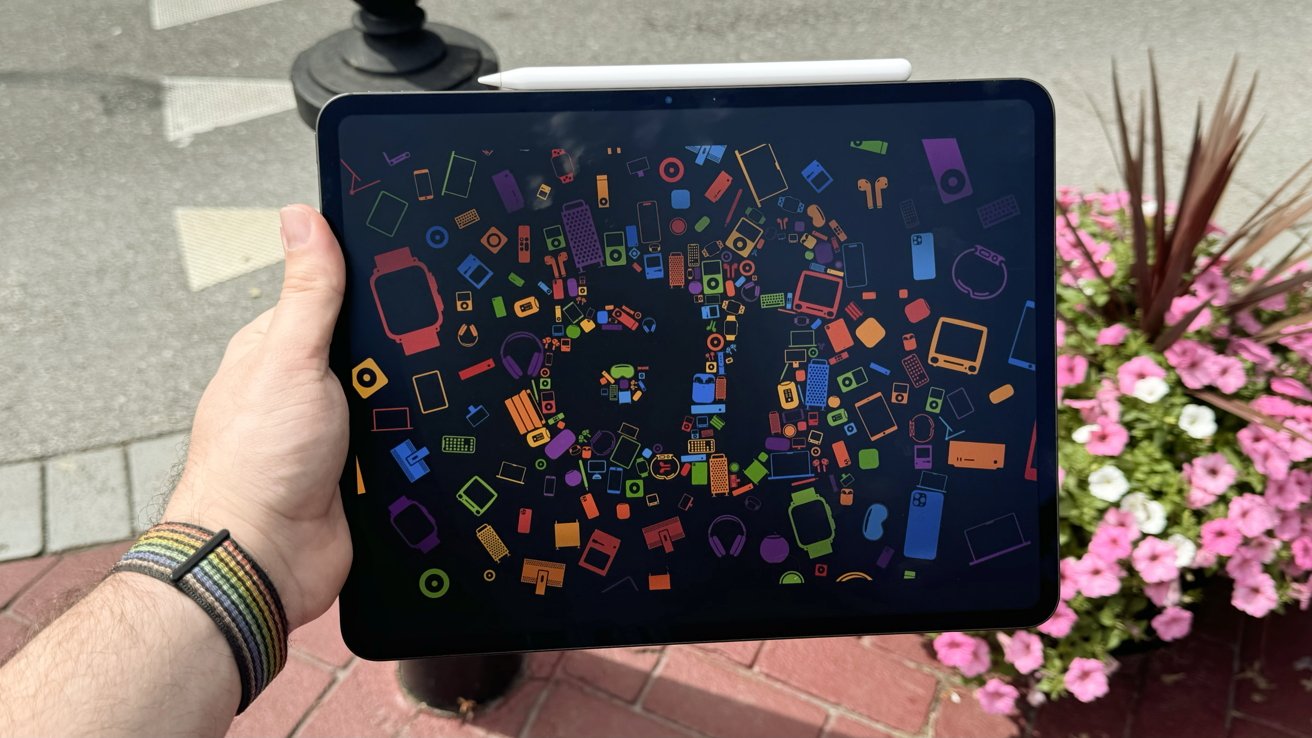Apple has just released macOS Sequoia 15.3, and it seems to have fixed a problem with the backup software SuperDuper. This update tackles a glitch that stopped SuperDuper from making bootable backups on Macs, as reported by the software’s creator, Dave Nanian.
The problem started with macOS 15.2, where SuperDuper would hit a snag known as a “Resource Busy” error while trying to copy important system files needed for booting up from a backup. This error was due to Apple’s own backup tools not working properly.
“With macOS 15.3 out now, the issue with the copying tool is fixed,” Nanian shared on his blog. “This means you can again use ‘Erase, then copy’ for your backups.”
Despite this good news, Nanian warns that even with the bug fixed, booting from these backups isn’t guaranteed to work every time. This is because Apple has tightened security measures in both the macOS software and new Mac hardware.
For instance, if you have an Apple Silicon Mac, the internal SSD must be working for you to boot from an external backup. If your Mac’s internal drive fails, you won’t be able to start up from a SuperDuper backup, no matter how well it’s made.
This update is a step forward for those relying on SuperDuper for their backup needs, but users should still be aware of these hardware and software changes affecting how backups are used.

